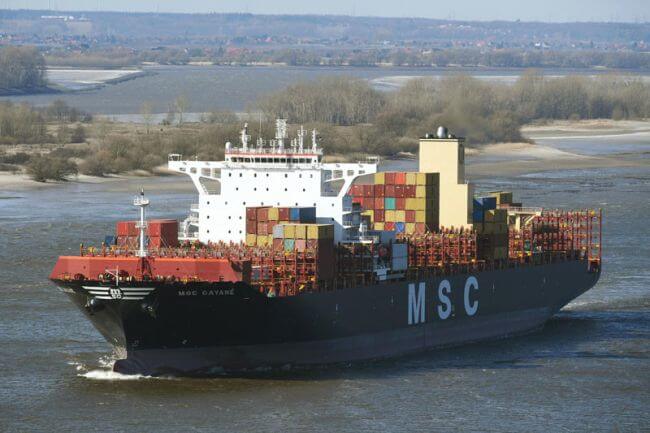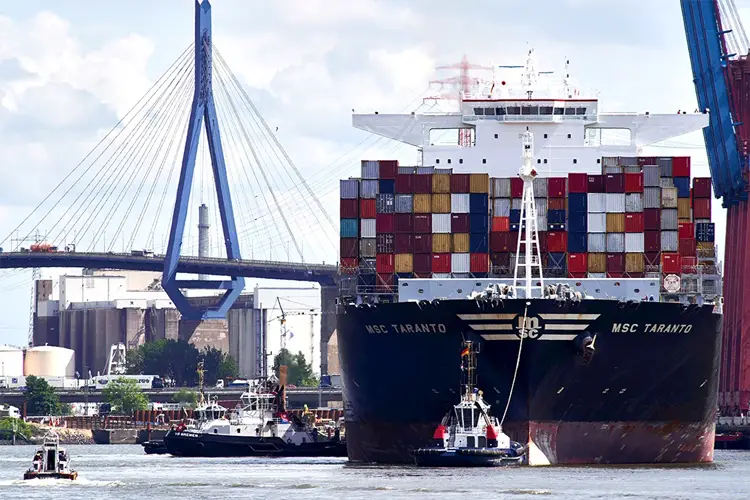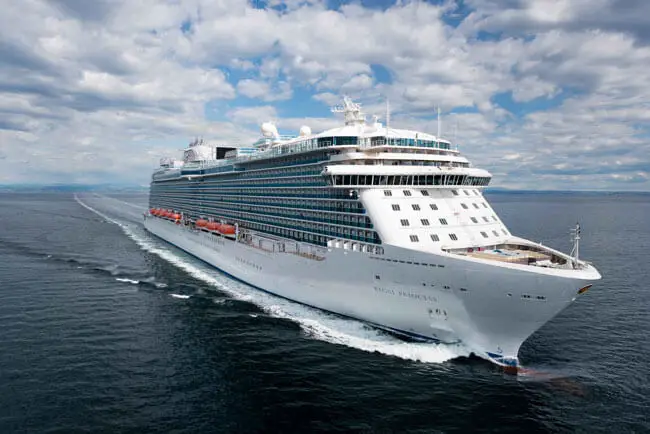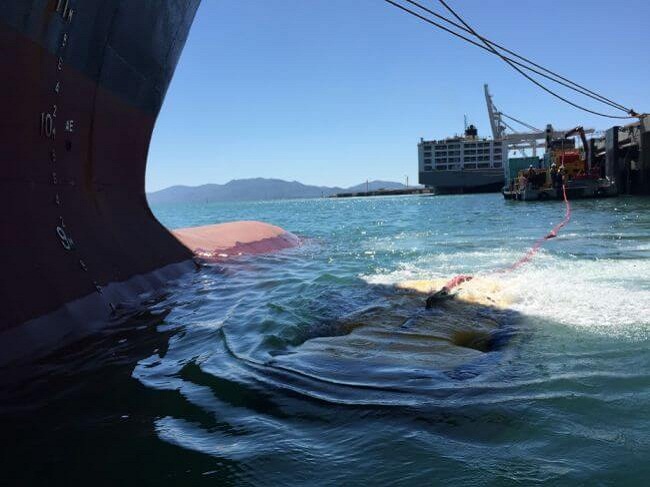DNV GL Releases Autonomous And Remotely Operated Ship Guideline

As digitalization continues to reshape the maritime industry, the first commercial autonomous vessels are due to launch in the next several years. To help build a safety culture around these new technologies, DNV GL has released a new class guideline covering autonomous and remotely operated ships.
“A new set of sensor, connectivity, analysis, and control functions in maritime technologies is laying the foundation for remote and autonomous operations in shipping,” says Knut Ørbeck-Nilssen, CEO of DNV GL – Maritime. “Increased automation, whether in the form of decision support, remote operation, or autonomy, has the potential to improve the safety, efficiency and environmental performance of shipping. To reach this potential, the industry needs a robust set of standards that enables new systems to reach the market and ensure that these technologies are safely implemented.”
The guideline covers new operational concepts that do not fit within existing regulations, and technologies that control functions that would normally be performed by humans. In terms of new operational concepts, the guideline helps those who would like to implement new concepts with a process towards obtaining approval under the alternative design requirements by the flag state. For novel technologies, suppliers can use the guideline to obtain an approval in principle.
The guideline covers navigation, vessel engineering, remote control centres, and communications. Particular emphasis is given in two key areas that emerge from the reliance of autonomous and remote concepts on software and communications systems: cyber-security and software testing. Both the concept qualification process and the technology qualification process include cyber security aspects in the risk analysis. Not only the systems themselves, but the associated infrastructure and network components, servers, operator stations, and other endpoints should all take cyber security into account, incorporating multiple layers of defence where possible. In terms of software, quality assurance of software-based systems is essential, and well established development process and a multifaceted end-product testing strategy should be use to ensure safe operation.
“This is a first step in the process to fully realise these technologies,” says Knut Ørbeck-Nilssen. “But we continue to develop experience from several projects currently underway. In some areas, such as navigation systems and engineering functions we can already offer technical guidance based on our current class rules and as we progress new guides and rules will follow.”
Pres Releases: dnvgl.com
Photo Courtesy: dnvgl.com







